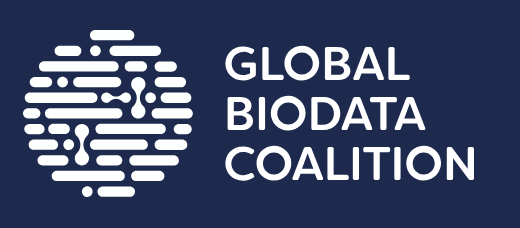The name of this superfamily has been modified since the most recent official CATH+ release (v4_4_0). At the point of the last release, this superfamily was named:
"Ribonuclease Inhibitor
".
FunFam 1983: Leucine-rich repeat protein lrrA
Please note: GO annotations are assigned to the full protein sequence rather than individual protein domains. Since a given protein can contain multiple domains, it is possible that some of the annotations below come from additional domains that occur in the same protein, but have been classified elsewhere in CATH.
There are 0 GO terms relating to "molecular function"
The search results have been sorted with the annotations that are found most frequently at the top of the
list. The results can be filtered by typing text into the search box at the top of the table.
There are 8 GO terms relating to "biological process"
The search results have been sorted with the annotations that are found most frequently at the top of the
list. The results can be filtered by typing text into the search box at the top of the table.
| GO Term | Annotations | Evidence |
|---|---|---|
|
Establishment or maintenance of cell polarity GO:0007163
Any cellular process that results in the specification, formation or maintenance of anisotropic intracellular organization or cell growth patterns.
|
1 | Q54AX5 (/IMP) |
|
Regulation of actin filament polymerization GO:0030833
Any process that modulates the frequency, rate or extent of the assembly of actin filaments by the addition of actin monomers to a filament.
|
1 | Q54AX5 (/IMP) |
|
Aggregation involved in sorocarp development GO:0031152
The process whose specific outcome is the progression of the aggregate over time, from its formation to the point when a slug is formed. Aggregate development begins in response to starvation and continues by the chemoattractant-mediated movement of cells toward each other. The aggregate is a multicellular structure that gives rise to the slug.
|
1 | Q54AX5 (/IMP) |
|
Culmination involved in sorocarp development GO:0031154
The process whose specific outcome is the progression of the culminant over time, from its formation to the mature structure. Culmination begins with a morphogenetic change of the finger-like or migratory slug giving rise to an organized structure containing a stalk and a sorus. This process is the final stage of sorocarp development.
|
1 | Q54AX5 (/IMP) |
|
Cell-substrate adhesion GO:0031589
The attachment of a cell to the underlying substrate via adhesion molecules.
|
1 | Q54AX5 (/IMP) |
|
Chemotaxis to folate GO:0043326
The directed movement of a motile cell or organism in response to the presence of folate.
|
1 | Q54AX5 (/IMP) |
|
Chemotaxis to cAMP GO:0043327
The directed movement of a motile cell or organism in response to the presence of 3',5'-cAMP.
|
1 | Q54AX5 (/IMP) |
|
Cell-cell adhesion GO:0098609
The attachment of one cell to another cell via adhesion molecules.
|
1 | Q54AX5 (/IMP) |
There are 3 GO terms relating to "cellular component"
The search results have been sorted with the annotations that are found most frequently at the top of the
list. The results can be filtered by typing text into the search box at the top of the table.
| GO Term | Annotations | Evidence |
|---|---|---|
|
Cytoplasm GO:0005737
All of the contents of a cell excluding the plasma membrane and nucleus, but including other subcellular structures.
|
1 | Q54AX5 (/IDA) |
|
Plasma membrane GO:0005886
The membrane surrounding a cell that separates the cell from its external environment. It consists of a phospholipid bilayer and associated proteins.
|
1 | Q5G5E0 (/IDA) |
|
Phagocytic vesicle GO:0045335
A membrane-bounded intracellular vesicle that arises from the ingestion of particulate material by phagocytosis.
|
1 | Q54AX5 (/HDA) |
